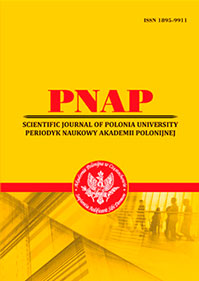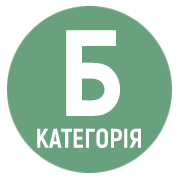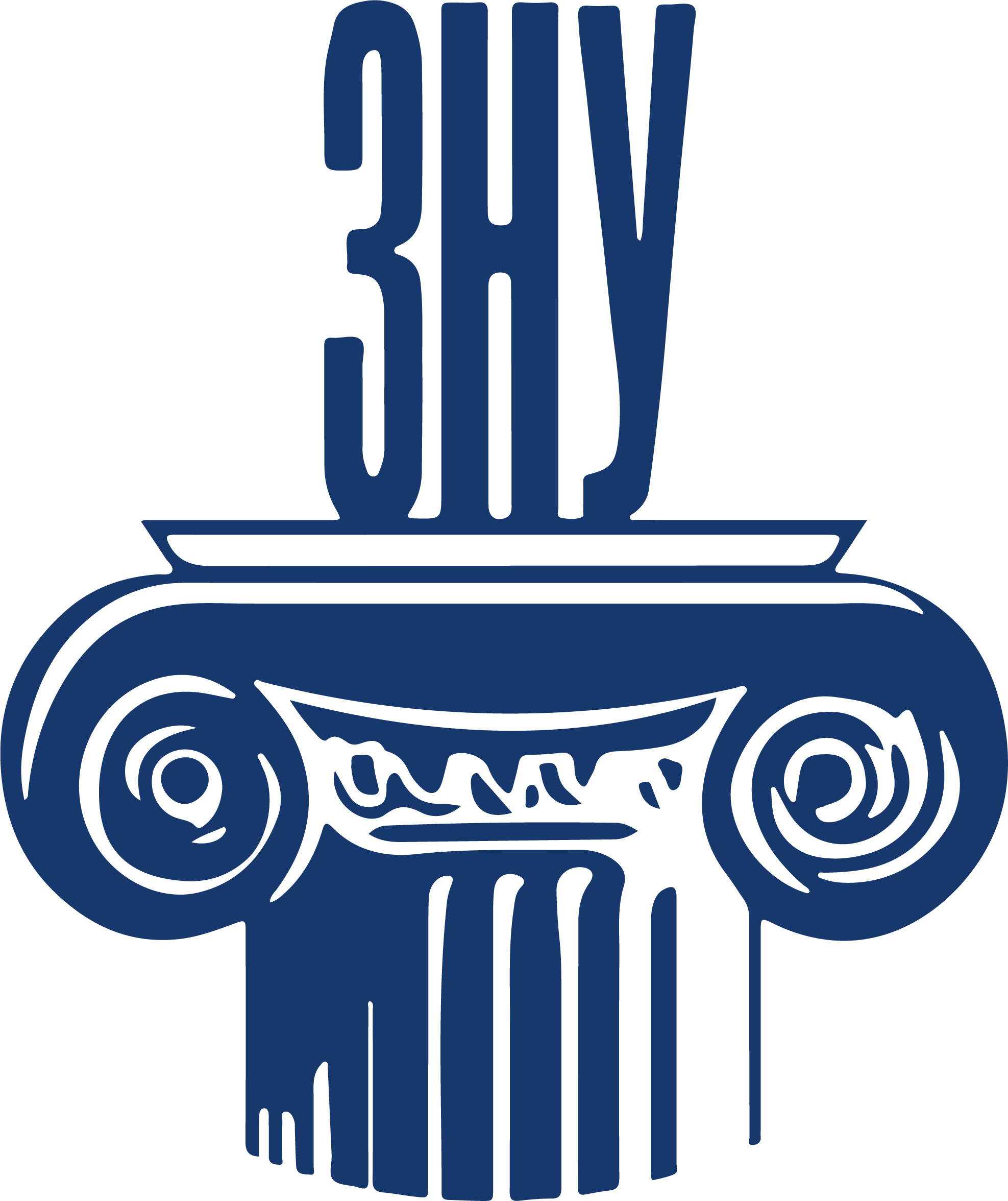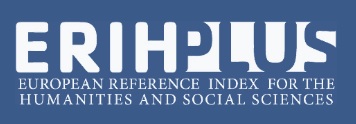ТРАКТУВАННЯ МУЛЬТИМОДАЛЬНОСТІ В СУЧАСНИХ ЛІНГВІСТИЧНИХ СТУДІЯХ
Анотація
Статтю присвячено вивченню феномену мультимодальності у сучасних вітчизняних та зарубіжних студіях. Акцентовано увагу на мультимодальному характері сучасної текстової комунікації. Здійснено огляд наукових робіт, присвячених лінгвістичному явищу мультимодальності. У процесі роботи досліджено витоки мультимодальності та окреслено новітні підходи до дослідження цього явища у сучасному комунікативному просторі. Висвітлено теоретичне підґрунтя мультимодальної лінгвістики. Систематизовано, порівняно та уточнено окремі трактування мультимодальності. Здійснено комплексний аналіз вищезазначеного лінгвістичного поняття. Мультимодальність розглянуто як процес і як результат взаємодії множинності семіотичних ресурсів (вербальних, невербальних та паравербальних), що залучаються до процесу комунікації. Виявлено велике різноманіття термінів на позначення текстів із негомогенними складниками, поліфонічність номінацій яких зумовлена широким спектром характерних особливостей таких текстів. Зосереджено увагу на диференціації термінів «полікодовість» та «креолізованість». Пояснено доцільність послуговування терміном «мультимодальність» на позначення текстів із гетерогенними складниками. У сучасній лінгвістиці мультимодальні тексти аналізують з урахуванням кількісної репрезентації вербальних та невербальних складників та ступеня їх кореляції. Досліджено, що трактування мультимодальності у сучасних лінгвістичних студіях є нечітким. Виявлено функціонування значної кількості наукових осередків у різних країнах світу, що вивчають мультимодальність комунікативної взаємодії. Наведено приклади онлайн- платформ, форумів, проектів тощо, основним напрямом досліджень яких є мультимодальна інтеракція спілкування. Окреслено основні напрями сучасних мультимодальних студій. Обґрунтовано перспективність полівекторних досліджень мультимодальної текстової комунікації та визначено перспективи подальших розвідок.
Посилання
2. Бернацкая А.А. К проблеме «креолизации» текста: история и современное состояние. Речевое общение: Специализированный вестник. Красноярский государственный университет. Красноярск, 2000. Вып. 3 (11). С. 104–110.
3. Бехта І., Карп М.А. Мультимодальні засоби когезії та когерентності у сучасних літературних казках: теоретико-методологічна інтерпретація. Науковий вісник Міжнародного гуманітарного університету. Серія: Філологія. Одеса, 2014. Вип. 13. С. 87–90.
4. Большакова Л.С. О содержании понятия «поликодовый текст» . Вестник Новгородского государственного университета. Серия: История. Филология. Великий Новгород, 2008. № 49. С. 48–51.
5. Гливінська Л.К. Об’єкт неолінгвістики – мультимодальність: завдання і рішення. Science and Education a New Dimension. Philology. Будапешт, 2018. Т. 6 (52), Вип. 177.
С. 23–26. DOI: https://doi.org/10.31174/SENDPh2018-177VI52 (дата звернення: 27.04.2021).
6. Горошко Е.И. Психолингвистика Интернеткоммуникаций. Вопросы психолингвистики. 2008. № 7. С. 5–12.
7. Град Н.Я. Сучасні мультимодальні студії: модальна лінгвістика та мультимодальна стилістика. Одеський лінгвістичний вісник. 2014. Вип. 4. С. 49–51. URL: http://nbuv.gov.ua/UJRN/olinv_2014_4_15 (дата звернення: 27.04.2021)
8. Ейгер Г.В., Юхт В.Л. К построению типологии текстов. Лингвистика текста : материалы научной конференции при МГПИИЯ имени М. Тореза, Москва, 1974. С. Ч. I. 103–109.
9. Кибрик А.А. Мультимодальная лингвистика. Когнитивные исследования. Москва, 2010. № 4. С. 134–152.
10. Макарук Л.Л. Мультимодальність сучасного англомовного масмедійного комунікативного простору : дис. … д-ра філол. наук : 10.02.04. Запоріжжя, 2019. 635 с.
11. Михальская О.В. Разграничение креолизованных и поликодовых текстов (проблемы таксономии). Мовні і концептуальні картини світу. 2014. Вип. 47 (2). С. 30–37. URL: https://cutt.ly/LbJYnBP (дата звернення: 27.04.2021).
12. Пойманова О.В. Семантичний простір відеовербального тексту : автореф. дис. … канд. філол. наук : 10.02.19. Москва, 1997. 24 с.
13. Сорокин Ю.А., Тарасов Е.Ф. Креолизованные тексты и их коммуникативная функция. Оптимизация речевого воздействия: коллективная монография. Москва, 1990. С. 180–186.
14. Kress G., Leeuwen van T. Reading Images: The Grammar of Visual Design. London : Roudedge, 1996. 316 p.
15. Multimodal Analysis Lab. URL: https://multimodal-analysis-lab.org/ (дата звернення: 28.04.2021).
16. Multimodality Talk Series. URL: https://cutt.ly/LbJYpLa (дата звернення: 28.04.2021).
17. PanMeMic. URL: https://panmemic.hypotheses.org/ (дата звернення: 28.04.2021).
18. Routledge. URL: https://cutt.ly/ybJYYxN (дата звернення: 28.04.2021).
19. Scollon R. Multimodality and the language of politics. Encyclopedia of language and linguistics. 2nd ed./ Eds. Yu. I. Alexandrov et al. Oxford: Elsevier, 2006. vol. 9, pp. 386–387.
20. The Bremen-Groningen Online Workshops on Multimodality. URL: https://cutt.ly/0bJYwNJ (дата звернення: 28.04.2021).
21. The UCL Visual and Multimodal Research Forum. URL: https://multimodalforum.org/(дата звернення: 28.04.2021).
 ISSN
ISSN 


.png)



